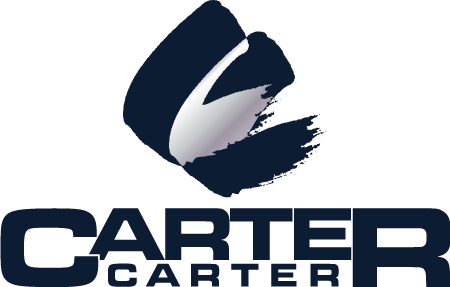The discussion that follows applies to the project files to be managed during the construction phase of projects constructed under the Lump Sum General Contracting and various forms of Construction Management methods of project delivery. It is also to be used for projects constructed under the Design-Build delivery format, with the distinction that the design function has been added to the Design-Build Contractor’s total responsibility. Accordingly, projects constructed under the Design-Build arrangement will have a separate but coordinated file that will accommodate the activities of the design function, as well as its interaction between the designer, the owner, and the construction force. Beyond this distinction, the design entity should be considered distinct from the construction operation—even in the Design-Build project delivery format for internal management purposes. If the relationships are preserved in this manner, the file management system described in this section and throughout this Operations Manual will continue to apply to virtually every project delivery method.
1) Initial Setup a) Consolidation of Drawings i) Generally, the bid documents will contain a provision that identifies the number of complete sets of Contract Documents that will be given to the Prime Contractor upon execution of the Agreement. Immediately after any contract is awarded, arrange to secure all such copies of the contract documents for distribution to the various subvendors for the project. ii) Arrange a single set of plans marked “Office” to be maintained at the central office. Use a single plan stick if possible for a small project, or separate the plans into their major sections to be arranged on several organized plan sticks in the case of a larger project. iii) Arrange two (2) duplicate sets of the plans for use at the jobsite. One set will be clearly marked “Jobsite,” and the other set will be clearly marked “As-Builts.” The uses of the sets will be described in the respective sections of this Operations Manual. iv) Place three (3) complete copies of the specifications including the General Conditions, Supplementary General Conditions, Working Procedure, and Technical Specifications into hard-cover three-ring binders. Each binder will be clearly labeled and distributed with the respective matching set of plans as described above. These will later be matched with the file tabs of other binders for the project in order to keep the color-coding of all project documentation consistent. v) Both the “Office” and “Jobsite” copies of the plans and specifications must be maintained in those respective locations and never removed. They will be managed from this point forward in a way that will help coordinate all relevant information properly during the construction period. The “As-Built” set of plans and specifications will be maintained at the jobsite and be developed throughout the life of the project. The set will serve as a complete record of all actual work and will be maintained in a form that will include at a minimum any specific requirements that may be identified in the Contract Documents. Beyond those minimum requirements, the As-Built set will be maintained as described in the appropriate section of this Operations Manual. At the appropriate time, a complete As-Built set of documents will be turned over to the owner at the conclusion of the project. b) Post Each Addendum. i) Prior to any other activity being performed on the contract, post each addendum on both the “Office” and “Jobsite” set of plans and specifications. Photocopy each addendum onto a light-colored paper (preferably pink or yellow). Physically cut out each addendum note, including its numerical reference. Paste or tape the note at the specific area of plan or specification altered by it. Do not cover or otherwise hide the original requirement, but add a clear reference to the addendum change. Immediately adjacent to each such posting, note which addendum number it came from. Short notes or very minor changes can be made directly in red pen, with the appropriate addendum reference. This process is crucial to ensuring that no change made during the bidding process will be overlooked during the buyout, submittal, and construction processes on the project as they proceed. Failing to post the addendum items in the manner indicated here will exponentially increase the amount of work necessary to ensure that each addendum is properly accommodated every time any actions are taken, and it will greatly increase the probability that an addendum change will be overlooked sometime during the life of the project. It will be sufficient on the “As-Built” set of plans and specifications to simply attach a copy of a complete set of addenda for the record. ii) The posting of each individual addendum remark in each item’s correct location is absolutely essential to the avoidance of serious and costly problems resulting from simple oversight of officially changed items and conditions. The method indicated here is the simplest, most secure, and time-tested procedure that will virtually eliminate the need throughout the project’s life for constant hunting through an entire set of an addendum every time any specification or plan note is referenced in order to be sure that it is correct and had not been officially changed.
2) Maintenance a) Post Changes i) As the job progresses, there will be numerous sources of modifications to the physical construction. Change Orders, clarifications, job meeting discussions, and even telephone conversations will officially alter the contract requirements. Each of these changes will have its own development history and paper trail to varying degrees of complexity, and proper documentation of each is covered in detail in the respective section of this Operations Manual. ii) The most important idea here is simply to be certain that every modification—however simple or complex—is clearly marked in color on both the “Jobsite” and “Office” sets of Contract Documents, along with appropriate references to the correct source of the official change. Such forms of these alterations may include:
- “SK” drawings and other clarification sketches
- Job meeting discussions
- Telephone and other conversations
- Requests for Information (RFIs)
- Construction Change Directives (CCDs)
- Any manner of written correspondence: letters, faxes, etc.



Post your comment on this topic.